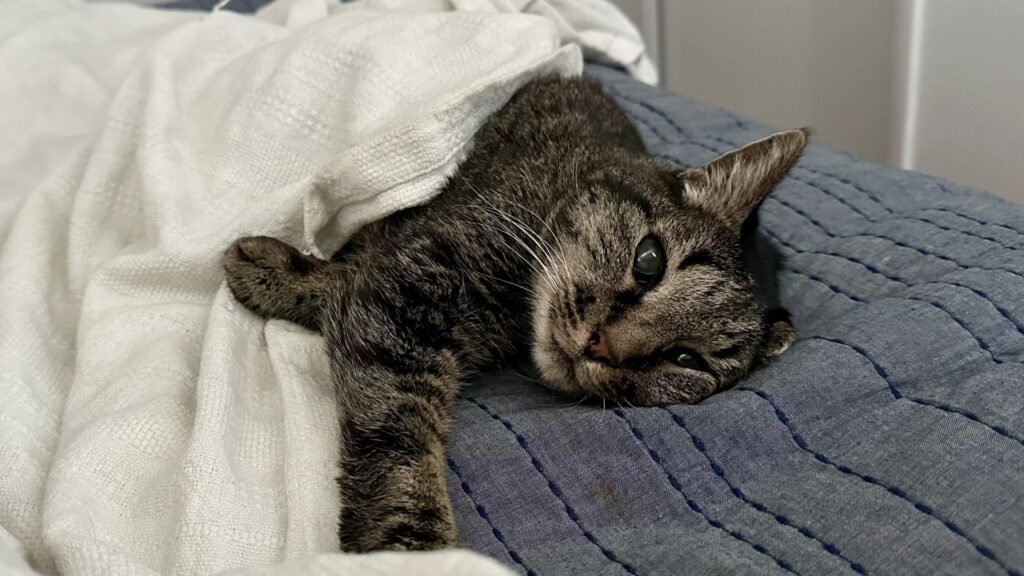
Understanding the signs that your cat may be nearing the end of their life is a crucial aspect of responsible pet ownership. As our feline companions age or face terminal illnesses, they may exhibit subtle changes in behavior and health that indicate their declining condition. Recognizing these signs can help you provide the necessary care and comfort during this challenging time. Here are 12 subtle signs that your cat may be approaching the end of their life.
1. Lack of Interest in Eating or Drinking
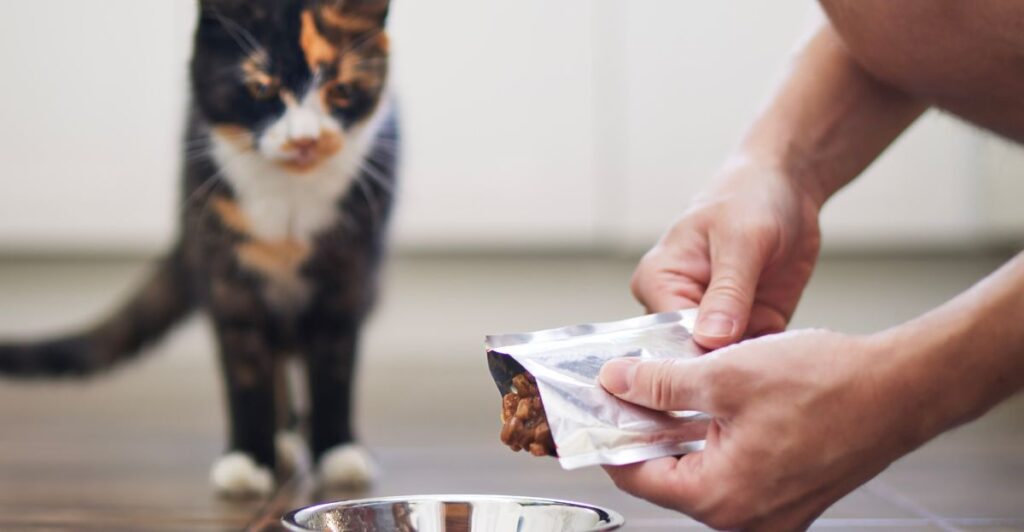
One of the most noticeable signs is a significant decrease in appetite or thirst. Cats may stop eating or drinking due to nausea, gastrointestinal issues, or serious conditions like organ failure or cancer. Some may still show interest in food but only consume specific types, such as wet food or gravy. If your cat refuses to eat or drink for an extended period, it’s essential to consult your veterinarian immediately.
2. Behavioral Changes
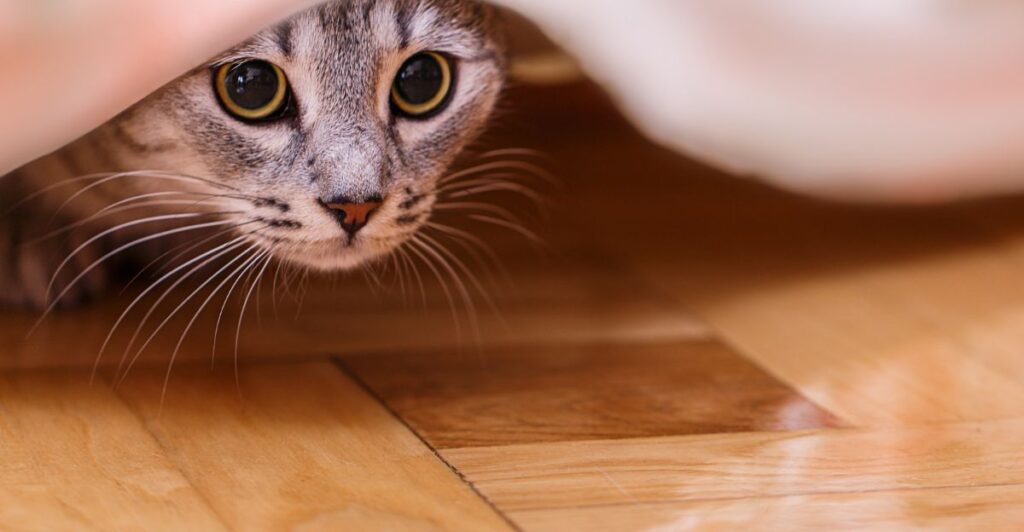
Cats are creatures of habit, and any deviation from their normal routines can signal discomfort or illness. A once sociable cat might start hiding more often, avoiding interaction, or displaying aggression when handled. Observing your cat’s typical behavior can help you identify when something is amiss.
3. Increased Sleepiness
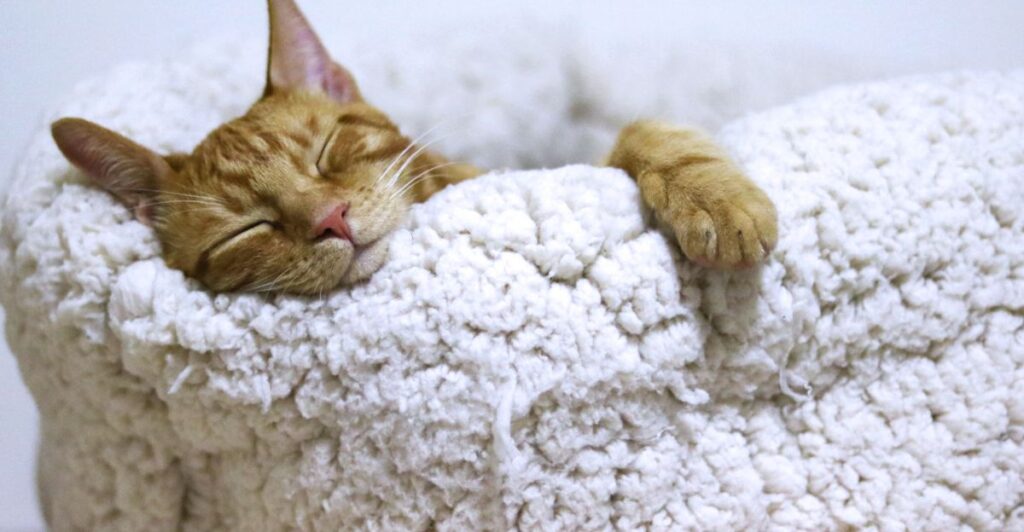
As cats near the end of their lives, they often exhibit increased lethargy and sleep more than usual. While cats naturally sleep a lot, a marked increase in sleepiness combined with disinterest in grooming or playtime can indicate a decline in health.
4. Weakness and Lethargy
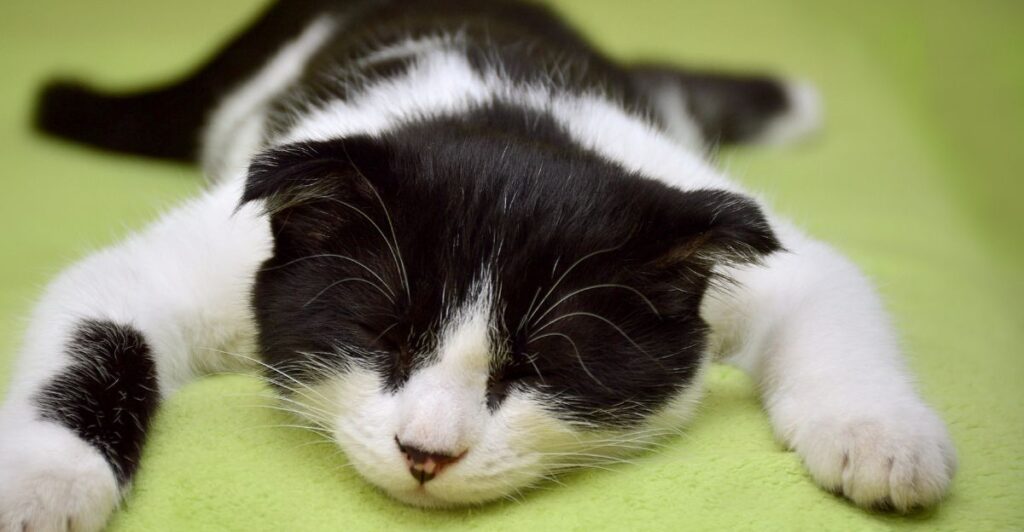
In addition to sleeping more, you may notice your cat becoming weaker and less mobile. They might struggle to walk to the litter box or jump onto their favorite perch. Signs of weakness can include wobbly legs and difficulty maintaining balance.
5. Confusion and Disorientation
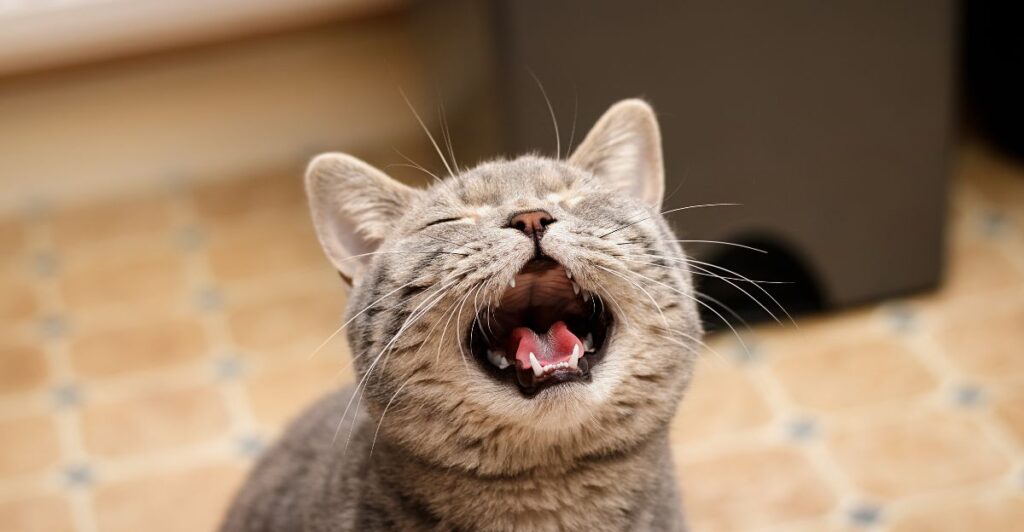
Cognitive decline is common in older cats, leading to confusion about their surroundings and routines. Symptoms may include vocalizing excessively at night, forgetting how to use the litter box, or appearing lost and disoriented. These changes can also be linked to other health issues, so it’s vital to seek veterinary advice.
6. Neglecting Grooming
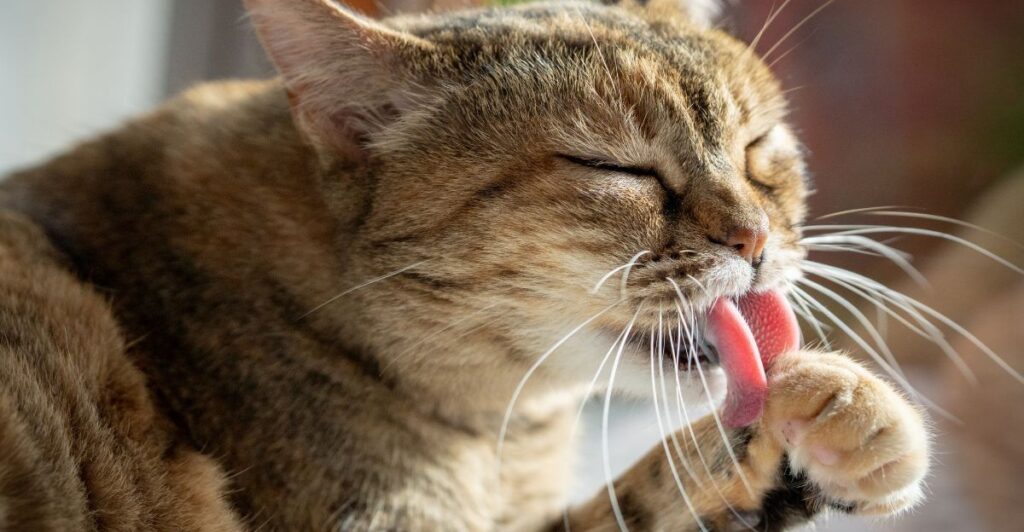
Cats typically spend a significant amount of time grooming themselves. If your cat stops grooming and their coat becomes matted or dull, it could indicate that they are feeling unwell or experiencing pain.
7. Seeking Solitude
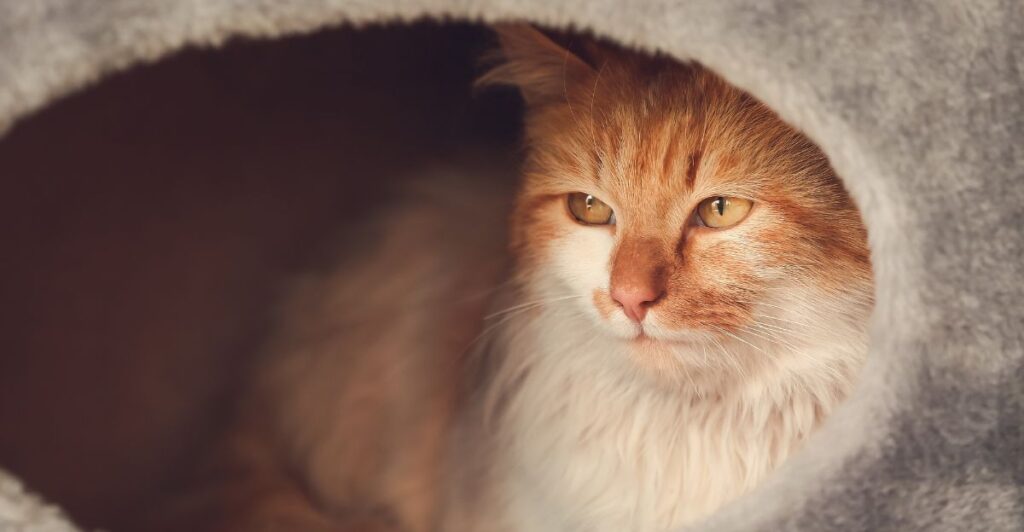
A dying cat often seeks out quiet places to hide away from potential threats, a behavior rooted in their instinctual survival mechanisms. If your usually affectionate cat starts isolating themselves, it may signal declining health.
8. Weight Loss
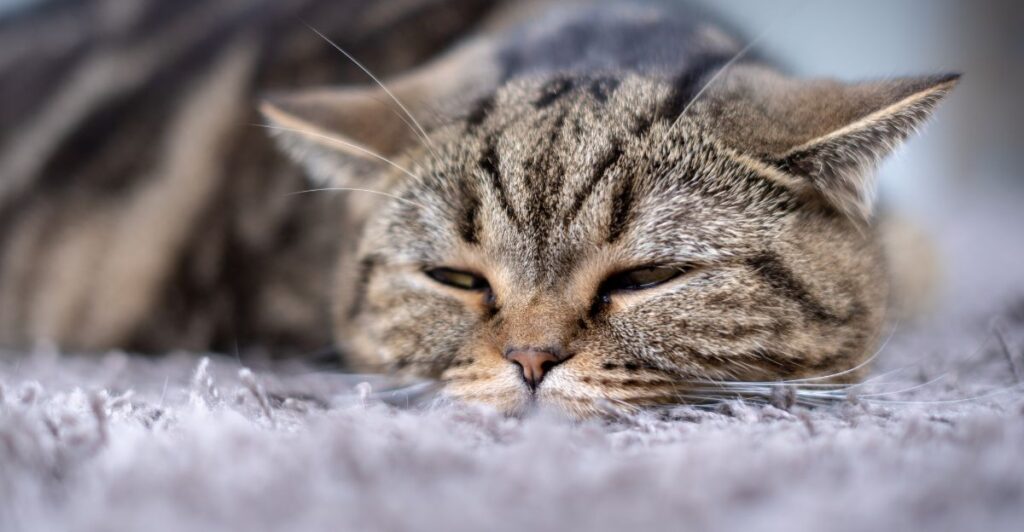
Significant weight loss is another common indicator of a cat nearing the end of life. This can result from decreased food intake and muscle wasting due to underlying illnesses.
9. Abnormal Heart Rate and Respiration
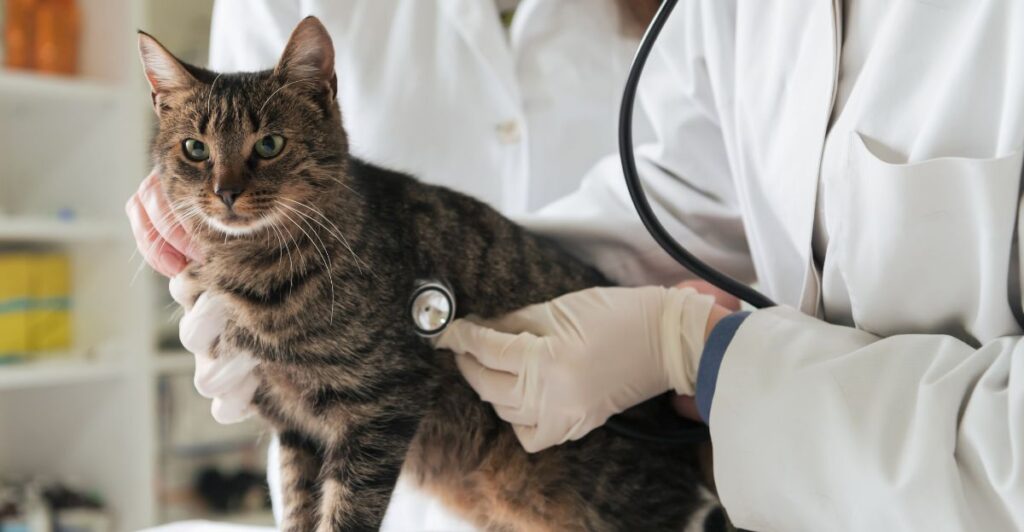
A healthy cat typically has a heart rate between 160-200 beats per minute and breathes 20-30 times per minute. If your cat’s heart rate drops significantly or becomes irregular, or if they exhibit labored breathing, these changes warrant immediate veterinary attention.
10. Unpleasant Odor
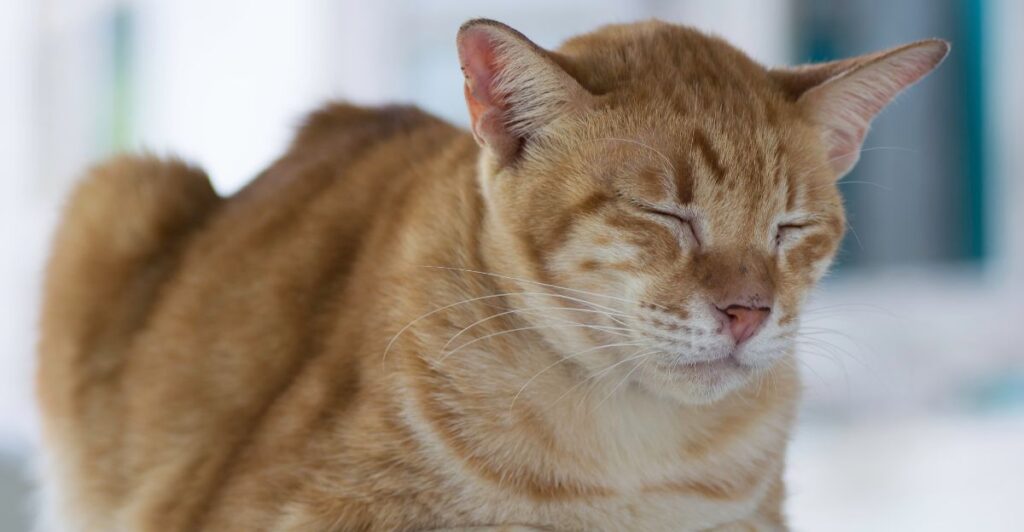
As organ function declines, toxins can build up in the body, leading to noticeable changes in odor. An unpleasant smell emanating from your cat’s breath or body can indicate serious health issues that require veterinary evaluation.
11. Litter Box Issues
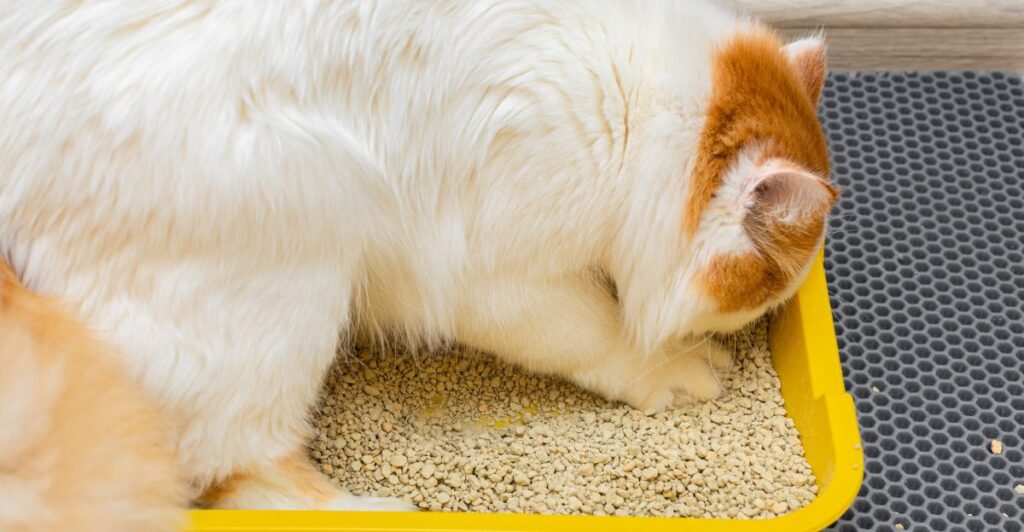
Cats nearing the end of their lives may have trouble getting to the litter box on time or may experience incontinence. You might notice accidents around the house or changes in urine color and consistency due to dehydration or kidney problems.
12. Changes in Vocalization
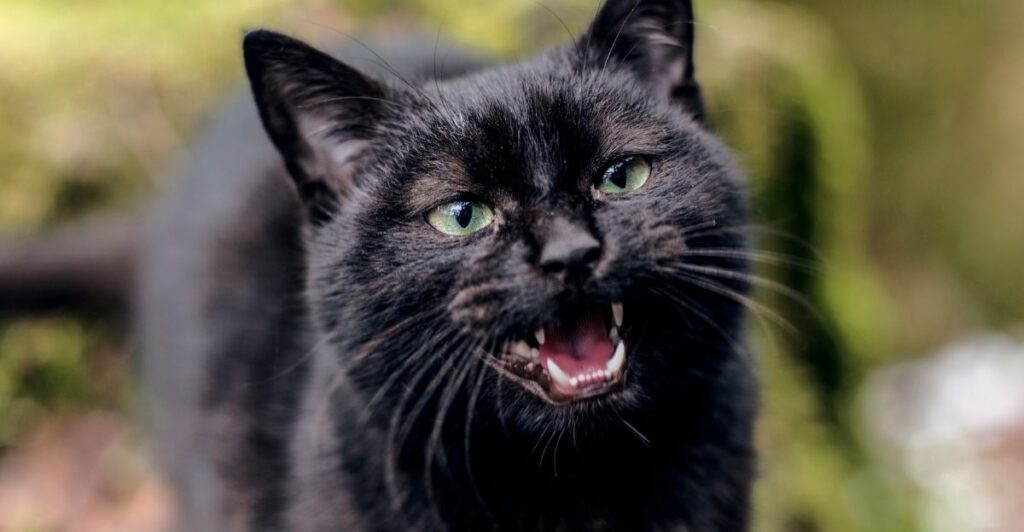
Increased vocalization can be a sign of distress or discomfort as your cat approaches the end of life. Pay attention to any unusual meowing, growling, or yowling that seems out of character for your pet.
Seeking Comfort and Affection
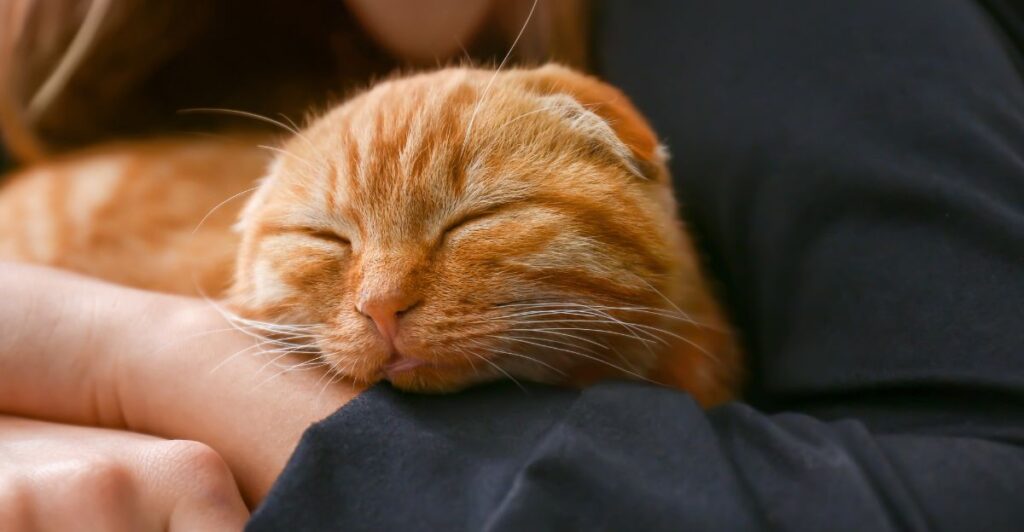
Interestingly, some cats become more affectionate as they near death, seeking out their owners for comfort and companionship during this difficult time.
Recognizing these signs can help you provide better care for your beloved feline companion as they age or face terminal illness. Regular veterinary check-ups are crucial for monitoring health changes and discussing end-of-life care options with your veterinarian will ensure that you make informed decisions about your pet’s comfort and well-being during this challenging period.
Discover more of our trending stories and follow us to keep them appearing in your feed

13 Things Every Owner Should Know When a Dog Dies at Home
10 Signs It May Be Time to Put Your Beloved Dog Down
California Is Breaking Apart: A Fault Line Is Forming Faster Than Anyone Predicted
California Is Splitting Apart: A Fault Line Is Forming Faster Than Anyone Predicted
This article first appeared here
Stay connected with us for more stories like this! Follow us to get the latest updates or hit the Follow button at the top of this article, and let us know what you think by leaving your feedback below. We’d love to hear from you!







